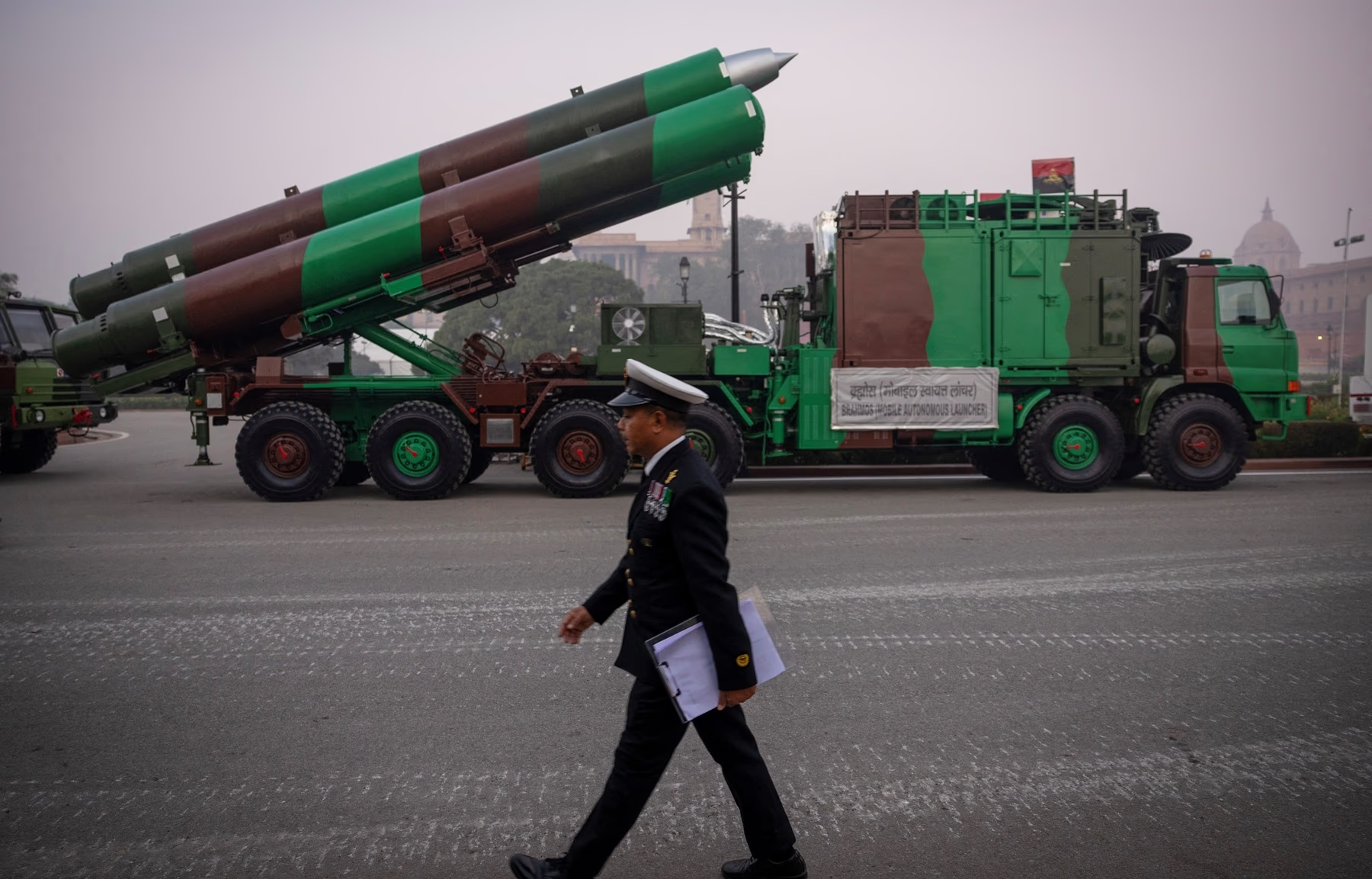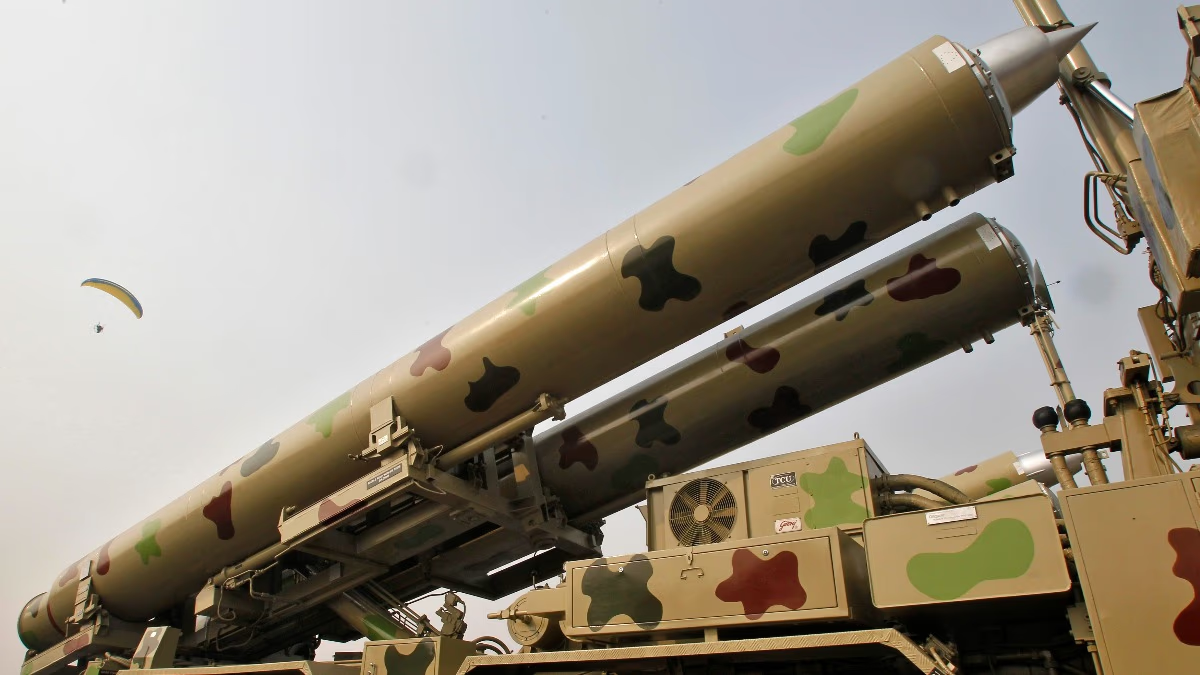During Operation Sindoor, BrahMos missiles wreaked havoc over Pakistani airspace, marking their position among the world's deadliest supersonic missiles. Building on this legacy of immense destruction, India is ready to accelerate the development of its next-generation hypersonic cruise missile, BrahMos-II.
Thanks to significant achievements in indigenous scramjet engine technology by DRDO, the development process for BrahMos-II has gained momentum. According to sources, the advanced BrahMos-II missile will have a speed of Mach 8, exceeding the speed of sound eightfold, and is being designed to have a range of 1,500 kilometers.
The current BrahMos reaches speeds of up to Mach 3.5 and features a striking range between 290 and 800 kilometers. It is acknowledged as one of the fastest supersonic cruise missiles globally. The upcoming BrahMos-II will transition into the hypersonic race, targeting speeds between Mach 5 to Mach 12, ready to redefine missile technology.
Defense sources indicate that high-level talks between India and Russia on the joint development of BrahMos-II are set to resume. Inspired by Russia's 3M22 Zircon, a scramjet-powered hypersonic nuclear-capable missile, BrahMos-II aims for speeds above Mach 6.
The BrahMos-II project's concept dates back roughly a decade, initially facing hurdles such as Russia's reluctance to share advanced hypersonic technology and the high costs involved. Initially announced in 2008, with trials expected by 2015, delays occurred. Reasons included MTCR membership, which initially prevented Russia from sharing beyond 300 km range tech; this evolved when India joined MTCR in 2014.

Source: aajtak
Driven by escalating global interest and competition in advanced hypersonic weaponry, the project has regained focus, propelling both countries to enhance strategic defense cooperation. Presently, BrahMos missiles, a result of the Indo-Russian joint venture BrahMos Aerospace (established in 1998), are hailed as the swiftest supersonic cruise missiles. Existing BrahMos achieves speeds up to Mach 3.5, covering distances from 290 to 800 kilometers. These are integral to India's army, navy, and air force, designed for operational use from land, water, air, and submarines.
The 'fire-and-forget' technology marks the missile as a vital asset in India's defense strategy, notably succeeding in Operation Sindoor, where BrahMos struck its targets with pinpoint accuracy.
Shehbaz Sharif Acknowledges the BrahMos Threat
No one knows the fear of BrahMos missiles better than Pakistan's PM Shehbaz Sharif. He publicly admitted that BrahMos wreaked havoc on Pakistani airbases. He stated in Azerbaijan that while strategizing an attack on India, Pakistan was hit by BrahMos, impacting several regions, including the Rawalpindi airport.
What to Expect from BrahMos-II's Firepower?
BrahMos-II will travel at speeds between Mach 6 to 8, approximately 8,600-10,000 km/h, capable of striking targets 1,500 kilometers away.
It will maintain hypersonic speed consistently and obliterate its targets. Its design is inspired by Russia's 3M22 Zircon, operating at Mach 9 and integrated into the Russian Navy.
BrahMos-II will feature a scramjet engine, far more advanced than the current BrahMos' ramjet system. It is designed after Russia's 3M22 Zircon, achieving Mach 9 and included in the Russian Navy.
The expected weight of BrahMos-II is approximately 1.33 tons, roughly half of the air-launched BrahMos-A's weight of 2.65 tons.
It can be deployed on several aircraft, including India's indigenous Light Combat Aircraft (LCA) Tejas Mark 2.
In April 2025, DRDO successfully tested the scramjet engine's combustor for over 1,000 seconds, marking a decisive step in advancing India's hypersonic missile capabilities.




